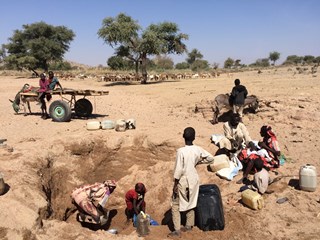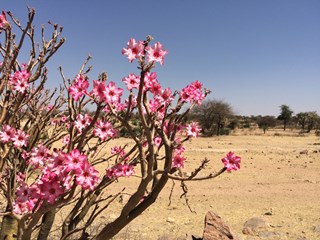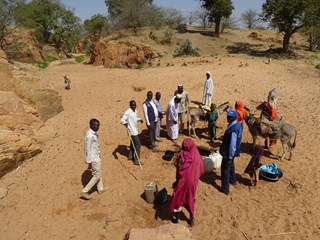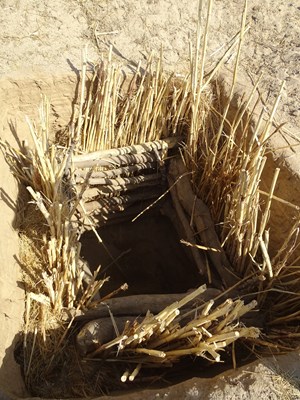Improving Natural Resources Management in Sudan
Supporting the Taadoud II partnership in Darfur
The Taadoud programme works toward improving Natural Resources Management (NRM) in the five states of Darfur – North, South, East, West and Central. Acacia Water is supporting Taadoud II partnership in assessing the hydrological conditions and identifying the landscape opportunities for sustainable WASH water provision through 3R-interventions (Retain, Recharge and Reuse of water). The Taadoud programme promotes a transition from dependence on humanitarian inputs and service delivery toward developmental processes that will continue after the life of the program. It aims at increasing resilience of livelihoods of returnee and conflict-affected communities through improving Natural Resources Management (NRM).
The objective of the project activities deployed by Acacia Water is to
- produce the technical knowledge base for the better understanding of the hydrology and hydrogeology processes as well as the dynamics of runoff and groundwater recharge of the fragile environments in Darfur;
- identify the potential for the sustainable (WASH) water provision using the Landscape Approach with in- and off-stream interventions, soil and water conservation measures as well as environmental protection and restoration of the selected catchment areas;
- support our local partners in choosing for the most suitable/efficient water infrastructure interventions, to be allocated in the vicinity of the returnee villages and build capacity in understanding the hydrological processes.
The Darfur region
Darfur landscape is characterized by a semi-arid climate and intensively used natural resources. The environmental resources are central to people’s lives, livelihoods and cultural identity in Darfur. In a subsistence economy, the most important livelihood assets are the natural resources. These provide food, shelter, energy, livelihoods, and coping strategies in times of hardship, both for sedentary and nomadic communities.
Rainfall is concentrated in few months of the year jeopardizing subsistence livelihood and increasing environmental degradation due to competition over natural resources. Conflicts, population growth, dry years and political instabilities has led to increased pressure on local livelihoods and natural resources during the last 20 years events. Developing and managing natural resources requires an integrated approach which analyses the physical and social contexts, seeks dialogue for building good governance and promotes efficient and sustainable use on the long-term.
Assessment of the hydrological potential
In cooperation with the programme partners, five hydrological catchment areas have been selected as pilot. A series of analyses and tools have been used to better understand the hydro(geo)logical conditions and categorise the potential for 3R-interventions. Remote sensing analyses have been carried out to identify geological features and distinguish the different soil coverage in the catchment areas. Satellite imagery and Google Earth imagery were also combined with existing geological and hydrogeological maps to give better insights in the potential and limitations of the project areas.
One of the outputs is a water resources potential map which shows the potential streams and potential zones for water storage in the landscape associated to the terrain elevation, geology, hydrogeology and soils types. For each (coloured) potential zone, the specific options for interventions to strengthen natural and water resources are described. The final output are Implementation plans for the 5 catchment areas, associated to the calculations of water demand and availability. Recommended interventions will increase access to water resources but also to enhance recharge to shallow aquifers, soil conservation measures and environmental restauration.
The benefit of this partnership for the WASH sector
By carrying out an assessment of the hydrological conditions and processes, insights of the suitable interventions in the catchment area shall be highlighted – and consolidated by ground truthing – producing thus the knowledge base needed for decision making on the sustainable provision of the water resources and the improvement of natural resources management.
The Taadoud II partnership is set up with: Catholic Relief Services (CRS, consortium lead), Catholic Agency for Overseas Development (CAFOD), Norwegian Church Aid (NCA), Oxfam America, United Methodist Committee on Relief (UMCOR), World Vision (WV) and the Feinstein International Center at Tufts University. The Taadoud II partnership is funded by UKAid.
For more information about the project you can contact our colleague Daniela Benedicto van Dalen (mailto:Daniela.Benedicto@acaciawater.com).
 IMG_7120
IMG_7120
 IMG_7438
IMG_7438
 DSC08302
DSC08302
 DSC08412
DSC08412